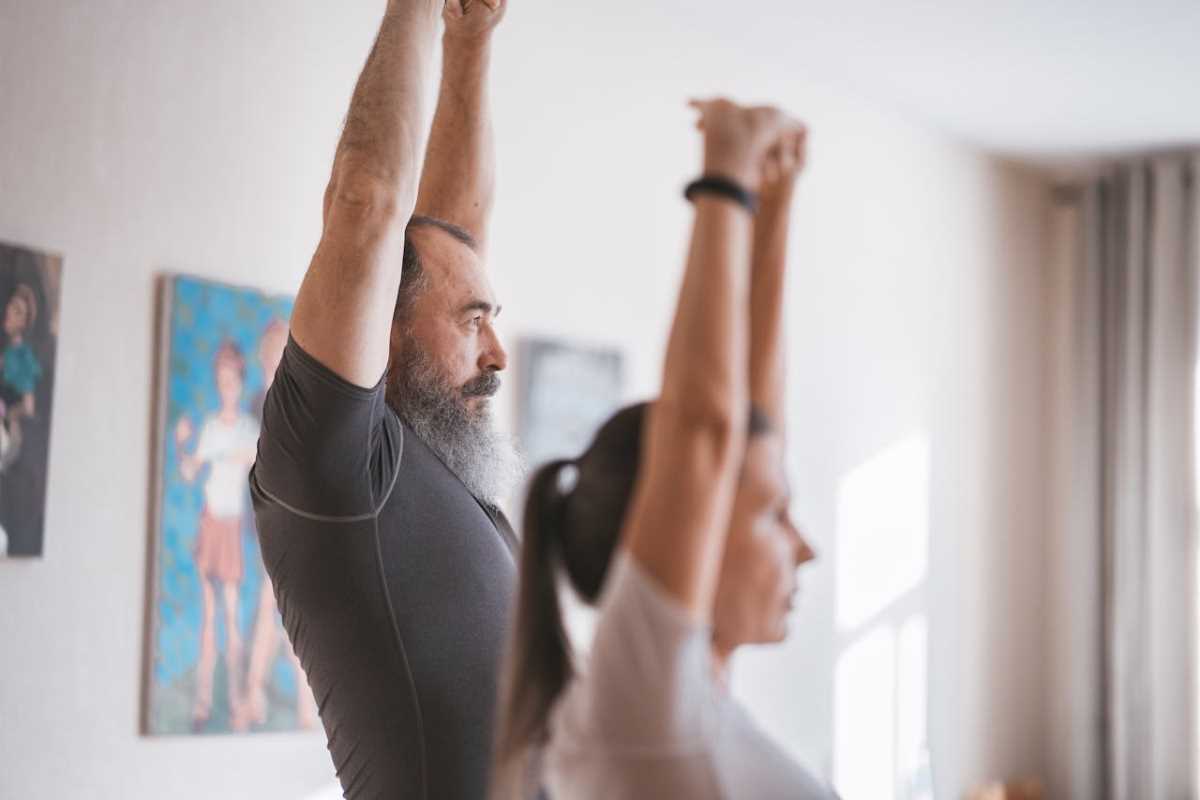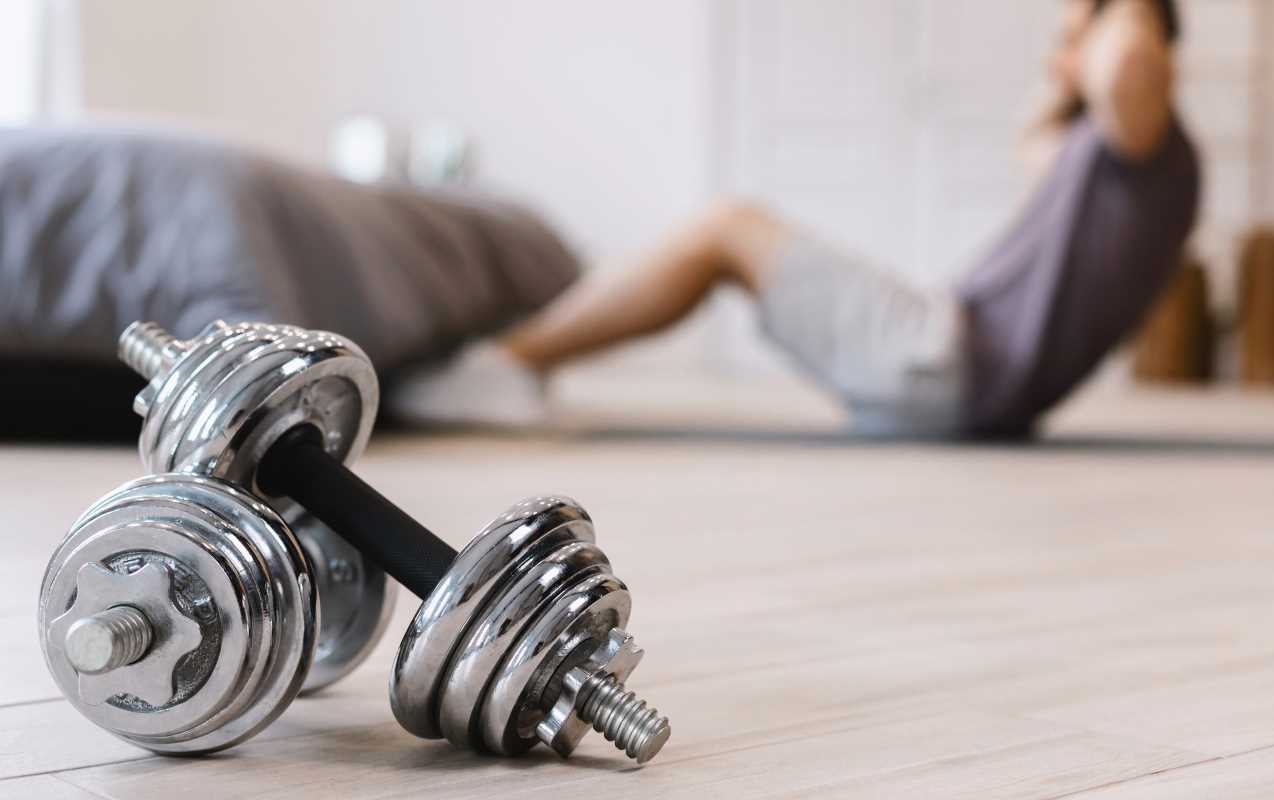The debate between strength training and cardio has been going strong for ages. If you’re over 30, the question might feel even trickier—maybe you’ve noticed changes in how your body responds to exercise, or you’re wondering if one approach is better suited to your goals.
The truth? Strength training and cardio both bring unique benefits to the table, and the best plan often combines the two. It’s not about picking sides; it’s about finding the right mix for where you’re at now. Here’s a closer look at the strengths of each and some tips to help you craft a plan that works for you.
The Strength in Strength Training
Strength training is often underestimated when it comes to weight loss, but it’s a game-changer—especially after 30. Why? Because building muscle does more than just change how you look in the mirror.
1. Muscle is Your Metabolic MVP
Here’s the amazing thing about muscle—it burns calories even when you’re at rest. That’s right, the more lean muscle you have, the higher your resting metabolic rate (RMR). This means your body becomes better at burning energy around the clock, not just when you’re actively working out.
2. Say Goodbye to Lean Muscle Loss
Once you hit your 30s, you start to lose muscle mass naturally (this process is called sarcopenia). Strength training helps you fight back, keeping your muscles strong and functional. And here’s the kicker—because muscle burns more calories than fat, maintaining it is key to long-term weight loss.
3. Shape, Tone, and Confidence
Strength training doesn’t just help with weight loss—it reshapes your body. It tones your arms, lifts your glutes, and powers up your core. Beyond the aesthetics, the confidence boost from getting stronger is undeniable.
How to Get Started with Strength Training
- Start with two to three sessions per week.
- Focus on compound movements like squats, deadlifts, push-ups, and rows—they give you the most bang for your buck.
- Gradually increase resistance to keep challenging your muscles.
The Case for Cardio
Cardio might be the calorie-burning king during the workout itself, but its benefits go far beyond helping you break a sweat.
1. Burn Calories on Demand
Cardio gets your heart pumping and helps torch calories in real-time. Whether it’s a brisk walk, a spin class, or some high-intensity intervals, cardio is fantastic for creating that calorie deficit needed for weight loss.
2. Heart Health Booster
Beyond weight loss, cardio is essential for keeping your heart and lungs in top shape. Stronger cardiovascular health means everything from better endurance to improved energy levels for daily tasks.
3. Stress Relief in Motion
There’s nothing quite like a jog or bike ride to clear your head. Cardio releases feel-good endorphins, serving as an instant mood booster and stress reliever.
How to Maximize Cardio’s Benefits
- Aim for at least 150 minutes of moderate cardio or 75 minutes of vigorous activity per week.
- Experiment with different forms, like cycling, running, swimming, or dance-based workouts, to keep it fun and engaging.
- Try high-intensity interval training (HIIT) to burn more calories in less time.
Why Both Are Better Together
Strength or cardio? Why not both? Combining these two powerhouses can yield the best results for weight loss and overall fitness.
1. Strength + Cardio = Calorie Burn Duo
Cardio burns calories during your workout, while strength training helps you burn more calories after the fact (hello, boosted metabolism). Together, they create a winning formula.
2. Balance Over Burnout
Alternating between strength and cardio gives your body a fuller range of benefits while reducing the risk of overtraining. Hate running? Pair it with a kettlebell workout. Prefer Zumba to lifting? Great! Work with what motivates you.
3. Long-Term Sustainability
The beauty of combining strength with cardio is flexibility. Changing up your routine keeps things exciting and supports both your fitness and weight loss goals in a sustainable way.
Common Misconceptions (and the Truths You Should Know)
Myth 1: Cardio is the only way to lose weight.
While cardio is excellent for burning calories during a workout, strength training’s impact on muscle and metabolism makes it equally valuable for weight loss—especially as you age.
Myth 2: Strength training makes you bulky.
This couldn’t be further from the truth! Unless you’re intentionally training for bodybuilder-level mass (which requires a highly specific diet and regimen), strength training builds lean muscle for a toned, fit look.
Myth 3: More is better.
Spending hours doing cardio or lifting day after day can actually backfire. Overdoing it leads to burnout or injury. Remember, quality beats quantity every time.
A Balanced Plan for Weight Loss Over 30
Creating a plan that mixes both strength and cardio doesn’t have to be complicated. Here’s an example for beginners:
Weekly Breakdown:
- Day 1: Strength training (full-body circuit)
- Day 2: Cardio (30-minute brisk walk or spin session)
- Day 3: Rest or active recovery (stretching, yoga, light walking)
- Day 4: HIIT (15-20-minute session combining bursts of intense cardio with recovery periods)
- Day 5: Strength training (focus on upper or lower body)
- Day 6: Cardio (try something fun like swimming or dancing)
- Day 7: Rest or active recovery
This schedule hits all the major fitness zones without overwhelming your body. Feel free to adjust based on your lifestyle and goals.
 (Image via
(Image via.jpg)





